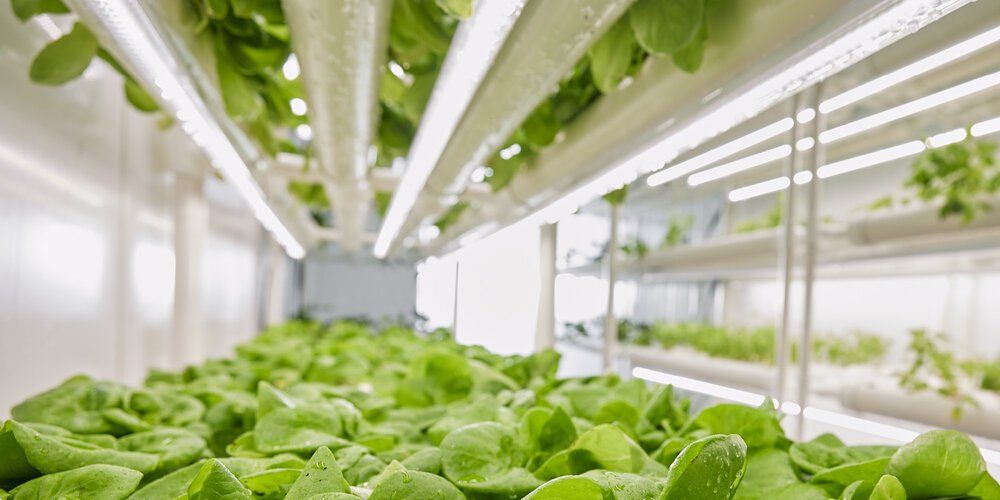LIGHTING YOUR GROW ROOM
Making the most of the light in your grow room...

Coverage
Coverage is typically mentioned in watts and lumens, with numbers such as 32 to 50 watts per square foot being sufficient. However, these measurements by themselves are not enough. The watts, or power of a bulb indicate the electrical input to a bulb as opposed to the actual output. Lumens indicate how much light, visible to the human eye, is output from the bulb.
Additional and useful measurements are the Photosynthetically Active Radiation (PAR) and micromoles per joule.
Photosynthetically Active Radiation (PAR) and Photosynthetic Photon Flux (PPF)
PAR is the spectral range of light that can be used for photosynthesis by photosynthetic organisms. Photosynthesis is how plants effectively feed themselves from natural or artificial light sources. The amount of PAR is measured with PPF, Photosynthetic Photo Flux, in micromoles per second (μmol/s). 700-800μmol/s is the optimum rate for good growth.
The PPF can be raised to higher levels such as 1400μmol/s but the possible problems from this are higher temperatures and of course an increased electric bill! So, sticking to the optimum rate is ideal.
However, PAR cannot, by itself, be used as the overall measurement. It does tell us the type of light that is needed for photosynthesis but doesn't tell us which type of light a lamp actually emits. An additional measurement of use is the Photosynthetically Useful Radiation (PUR).
To explain what PUR indicates, think of it like this..... plants are typically green because they reflect green light and therefore we see this as their colour. So, the PUR indicates what light the plants can actually absorb and effectively feed from.
Photosynthetic Photon Flux Density (PPFD)
Another measurement worth being aware of is PPFD, Photosynthetic Photon Flux Density. This is a measurement to show how much PAR actually reaches your plants. It is measured in μmol/m2/s which is short for micromoles per square metre per second.
The power of light will diminish as it continues to travel from its source. So with that in mind a good product to choose will tell you the light intensity for several different heights rather than just the centre of the grow space.
Another good consideration is the Photon Efficiency. This will give you an indication of how much power, in watts, the lamp will use for a given level of PPF.
A decent lamp will provide all of the information mentioned here and give you the opportunity to be as efficient as possible.
Positioning
Choosing the best position for your lamps needs you to use the Inverse Square Law. This rule shows that as you double the distance from the light to the plants it will then deliver a quarter of the power. If the light source is too far away it will waste energy. Too close and you risk burning the plants.
Reflection
Reflective sheeting in the grow room is useful to prevent light from escaping and to prevent natural light from entering.
A lamp reflector will guide more of the light towards the plants. Choose carefully..... too large a reflector will cause heat stress and too small will provide uneven growth.
The SCROG Technique
The SCROG technique is short for The Screen of Green which is a method to encourage uniform growth. An artificial canopy is made from wire and placed between the lamp and the plants. As the plants reach it they will weave into it and create a level plane. This allows more efficient light penetration across the entire plant.
Conclusion....
Plant growth is a science in its own right and as with many sciences it depends upon a lot of variables. Feel free to call us for a chat about them!

